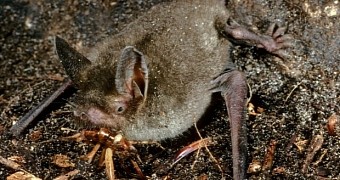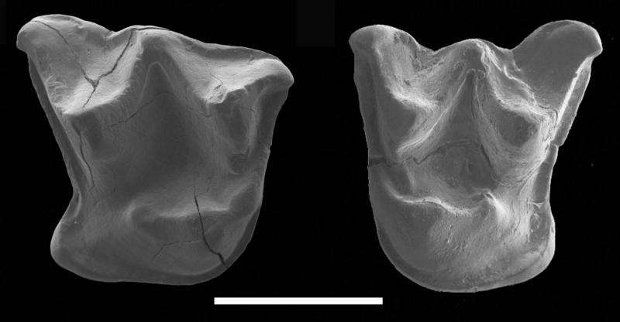A new study in the journal PLOS ONE describes a collection of fossilized remains unearthed by paleontologists on New Zealand's South Island.
The fossils were recovered from sediment deposits left behind by a prehistoric lake and are estimated to be about 16 million years old.
They belong to an ancient walking bat species by the name of Mystacina miocenalis and are the first evidence of such creatures in New Zealand.
“Our discovery shows for the first time that Mystacina bats have been present in New Zealand for upwards of 16 million years, residing in habitats with very similar plant life and food sources,” said study lead author Suzanne Hand, as cited by Phys Org.
It is estimated that Mystacina miocenalis specimens were about three times larger than today's average bat. Still, they weren't exactly big.
On the contrary, the fact that they were three times larger than today's average bat simply means that they tipped the scale at about 40 grams (roughly 1.4 ounces).
The prehistoric creatures had strong upper and lower limbs, and were perfectly equipped to walking around on all fours, paleontologists say.
Judging by the shape of their teeth, it is believed that Mystacina miocenalis ate not just insects and arachnids but also nectar, pollen and fruit.

 14 DAY TRIAL //
14 DAY TRIAL // 

